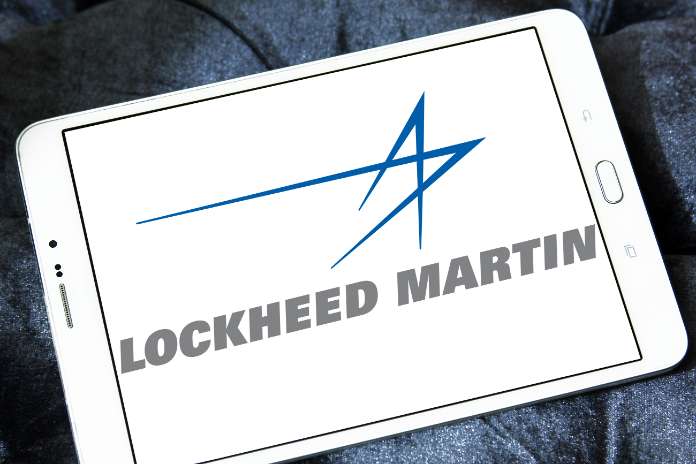Lockheed Martin Corp (NYSE:LMT) has witnessed an impressive surge of over 12%, reaching $444.17 on October 20, up from a low of $395.54 on October 5. This remarkable increase is largely attributed to the ongoing Israeli-Hamas conflict and the potential for a broader Middle East war. Investors might wonder if they’ve missed the boat, but Lockheed Martin’s stock may still offer value.
One thing is certain – Lockheed Martin stands as a robust company, as evidenced by its recent release of Q3 earnings on October 17. What’s more, LMT stock doesn’t appear overpriced despite its recent upward trajectory.
For instance, Lockheed recently boosted its quarterly dividend by 5% to $3.15 per share, resulting in a solid 2.84% dividend yield. Furthermore, the company boasts a commendable 20-year history of consistently increasing its dividend.
Analysts anticipate the company will generate $26.57 in earnings per share (EPS) this year, comfortably covering the annual $12.60 per share dividend by more than 2 times. Looking ahead, EPS forecasts for next year stand at $26.72, placing LMT stock at an appealing forward price-to-earnings (P/E) multiple of just 16.6x.
This valuation is notably below the forward 17.7x multiple for the S&P 500, according to analysts’ forecasts sourced from FactSet. Additionally, Morningstar reports that Lockheed’s historical average forward multiple is 18.3x, even though the forward multiple average is 15.5x.
Impressive Free Cash Flow Sets the Stage for a Higher Price Target
During its most recent earnings call, Lockheed provided substantial guidance on its free cash flow (FCF). The company reported $2.5 billion in FCF for Q3, slightly less than the $2.7 billion in the previous year. However, this decrease can be attributed to minor timing and inventory change variances.
Management has expressed confidence in generating $6.2 billion in FCF for 2023. This translates to an FCF margin of 9.3% based on their revenue estimates, which range from $66.25 billion to $66.75 billion.
Furthermore, the free cash flow will be utilized to reward shareholders through dividends and share buybacks. For instance, in the last quarter, 100% of the $2.5 billion in FCF was allocated towards paying $747 million in dividends and $1.75 billion in share repurchases.
If this trend continues, the company will repurchase $7 billion of its shares annually, resulting in a buy-back yield of 6.25%, considering its market capitalization is $111.96 billion (i.e., $7 billion divided by $111.96 billion).
This information also establishes a clear price target for investors. For instance, employing a 5.5% FCF yield, the stock could ultimately attain a market capitalization of $127.3 billion (i.e., $7 billion divided by 0.055 = $127.3 billion). This presents a potential upside of 13.7% from the current level, providing investors with a price target exceeding $500 per share (i.e., $444.17 multiplied by 1.1366 equals $504.84 per share). Furthermore, using a 5.0% FCF yield, the stock could rise by 25% to surpass $555 per share, considering the market capitalization would be $140 billion (i.e., $7 billion divided by 0.05).
Where This Leaves Lockheed Martin Stock
In conclusion, it’s evident that LMT stock remains attractively priced, both in comparison to the S&P 500 and its historical performance. Additionally, as investors recognize the robust nature of its free cash flow generation, regardless of the geopolitical landscape, it’s likely to be assigned a more appealing FCF yield valuation. Given the company’s shareholder-friendly approach, exemplified by its dividend and buyback policy, there’s ample reason to believe that LMT stock might be undervalued.
Featured Image: Megapixl















